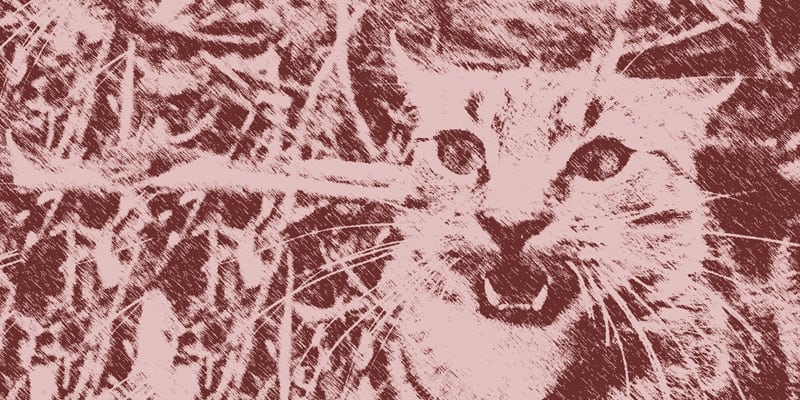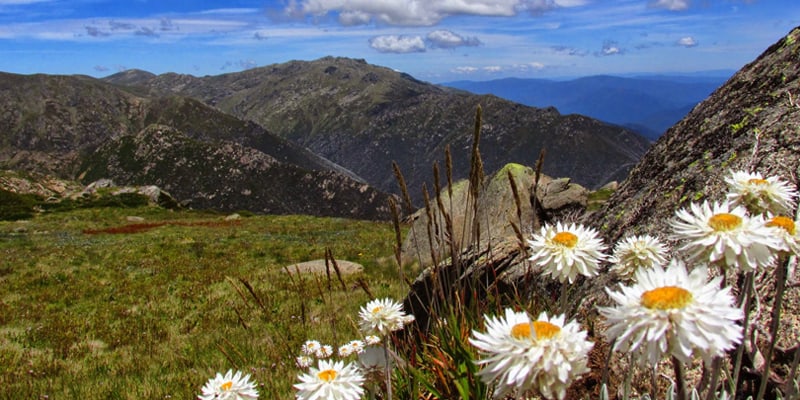
How close are we to achieving the goals of our proposed Environment Health Australia, a national body dedicated to environmental biosecurity?
The recent move by federal agriculture minister David Littleproud to create an office of environmental biosecurity protection is a big stride forward.
A good idea, but little progress
We have long argued for a body to lead preparations to keep environmentally harmful pests, weeds and diseases from establishing in Australia. In 2012 we launched a proposal for Environment Health Australia, a collaborative organisation modelled on existing bodies for plant- and animal-based industries, Plant Health Australia and Animal Health Australia. Our proposal was supported by 38 conservation groups and even the shadow environment minister at the time, Greg Hunt. Few disagreed with the merits of the proposal.
But at every turn, first Labor and then the Coalition government (despite Greg Hunt’s early support) refused to move forward with the idea. The reasons varied over time – no funding, no support for creating new institutions, no need for specialised environmental attention because agricultural and environmental biosecurity risks were assumed to be much the same.
Originally created to address agricultural threats and run by agricultural departments, Australia’s biosecurity system has largely been seen through an agricultural prism. It is little wonder that our concerns were not well understood or prioritised. It didn’t help that there were no formal mechanisms for the environmental sector to engage with managers of the national biosecurity system.
Two major reviews drive change
All that began to change with the 2013-14 Senate inquiry into environmental biosecurity (instigated after advocacy by the Invasive Species Council) and the 2016-17 national biosecurity review led by Dr Wendy Craik. While neither process endorsed our proposal for Environment Health Australia, they both strongly recommended changes to address some of the major gaps in environmental biosecurity, including to identify priority biosecurity risks and better engage the community.
For the Craik review, environmental biosecurity was ‘one of the strongest areas of debate’, and the reviewers determined that new institutional arrangements were needed to achieve ‘equal priority’ for environmental biosecurity. They recommended creating a new senior position of Chief Environmental Biosecurity Officer, establishing formal mechanisms for community input, creating new structures focused on environmental biosecurity, and including an explicit focus on environmental biosecurity in the new intergovernmental agreement on biosecurity between the state, territory and federal governments.
The Invasive Species Council, with the help of supporters of our Protect Australia campaign, has been championing the Craik review recommendations. While a formal response from all federal, state and territory governments is still a few months away, it is clear there is broad support for most recommendations, especially the environmental ones. In a recent exchange in federal parliament, the agricultural minister David Littleproud indicated support for all 42 recommendations, and we have received letters from the Victorian, South Australian and Western Australian governments indicating support for the six key recommendations relating to the environment.
Implementing recommendations
Several recommendations of the Craik review are already being enacted.
A new Environment and Invasives Committee has been formed under the National Biosecurity Committee to bring a new focus to the environment. The committee consists of federal, state and territory officers, although the Craik review recommendation to include non-government participants has been ignored. Two new consultative bodies that will include non-government participants are also being formed – the Industry and Community Biosecurity Committee and an Environmental Biosecurity Advisory Group.
Work is under way to prepare a priority list of pests and diseases that could harm the environment. However, there is little information about this process, run by the Australian Bureau of Agricultural and Resource Economics and Sciences, and no community input.
The federal budget saw the government approve a new levy on shipping container imports, one of the three new revenue sources recommended by the Craik review. Called the Biosecurity Import Levy, it is a $10 levy on each imported 20 foot-equivalent container and will generate $325 million over three years. As the volume of containers increases, the biosecurity risks increase, and so will the funds for biosecurity to respond to that risk. The federal budget allocated $51.5 million from this levy over four years to prepare for and respond to new pests and diseases.
The big reform
At the end of June we heard that $7.6 million over five years has been dedicated to creating a new senior environmental biosecurity protection officer and staff within the agricultural department. This position will be similar to those of the Chief Veterinary Officer and the Chief Plant Protection Officer, which focus on industry-related biosecurity threats.
This new position is a game changer. It recognises that a special role within government is needed to drive the work to keep out new environmental threats. The new officer and his/her team will power the critical work of the Environment and Invasives Committee, and work closely with the Threatened Species Commissioner.
If the Craik review recommendations are fully enacted, we can achieve many of the goals of our proposal for Environment Health Australia.
So far, the signs are promising. Soon, we will have a new environmental biosecurity protection officer to lead work to improve environmental biosecurity defences, more funds available for surveillance and responses, and improved mechanisms for engaging community stakeholders.




